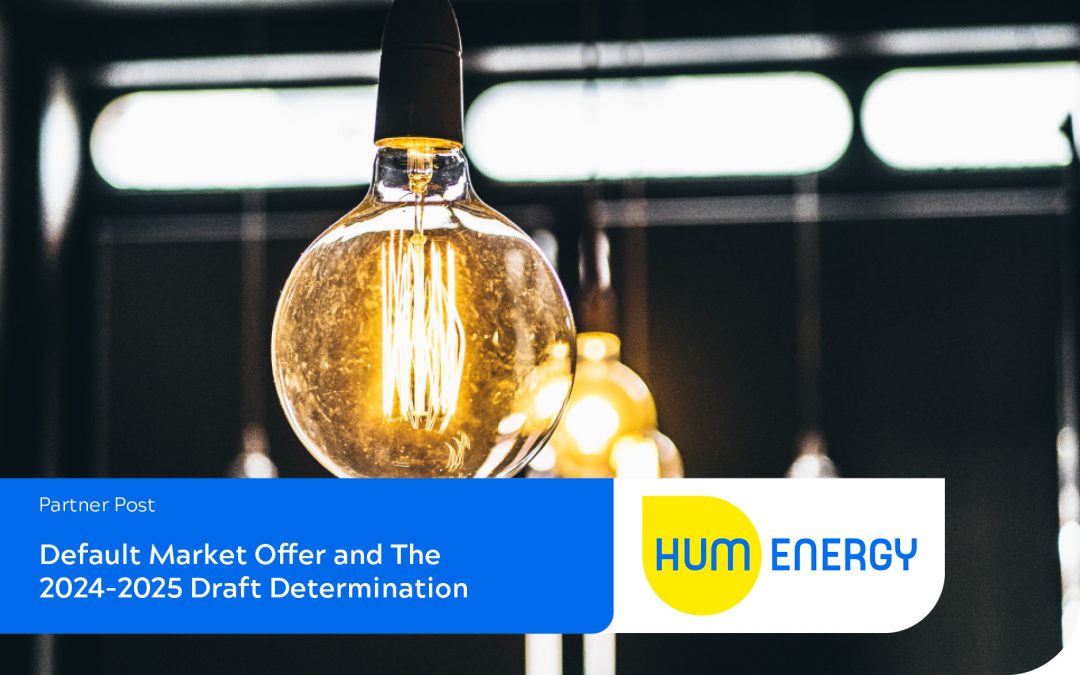It’s that time of year again, and we’re gearing up for changes in electricity pricing.
You’ve no doubt heard about the Default Market Offer (DMO), or the reference price, which serves as a benchmark for comparing electricity rates. So, what exactly does this all mean, and what can we expect on July 1?
The Australian Energy Regulator (AER) has released its draft determination for the Default Market Offer (DMO) for electricity prices, effective from July 1, 2024. This announcement is particularly significant for households and small businesses in South East Queensland, where the DMO serves as a crucial benchmark for electricity costs.
Understanding the Default Market Offer The Default Market Offer is a government-regulated electricity price cap intended to protect consumers from excessively high charges. It provides a safety net by setting a maximum price that energy retailers can charge customers who are on default contracts, typically those who have not shopped around for better deals. The DMO also acts as a reference point, helping consumers compare various market offers and make informed decisions about their electricity plans.
Key Highlights of the Draft Determination
Price Adjustments: The AER has proposed an increase in the DMO for South East Queensland. This adjustment reflects rising wholesale electricity costs, network charges, and environmental policy expenses. The proposed increase aims to ensure that the DMO remains reflective of the actual costs incurred by electricity providers.
Impact on Consumers: For typical residential customers, the draft determination suggests a moderate rise in annual electricity bills. Small business customers can also expect a similar trend. However, the AER emphasizes that the DMO still provides a valuable safety net, ensuring prices do not escalate beyond reasonable levels.
Cost Components: The draft determination breaks down the cost components contributing to the price change. These include:
- Wholesale Costs: Increased demand and generation costs.
- Network Costs: Upgrades and maintenance of the distribution network.
- Environmental Costs: Compliance with renewable energy targets and policies.
- Retail Costs and Margins: Administrative and operational costs for retailers.
Consumer Protections: The AER reaffirms its commitment to consumer protection, ensuring that vulnerable customers are not disproportionately affected. The DMO is designed to balance affordability with the financial sustainability of electricity providers.
Implications for South East Queensland Consumers in South East Queensland are encouraged to review their current electricity plans in light of the new DMO. While the default offer provides a safeguard, market offers from various retailers may present opportunities for savings. Hum Energy has helped thousands of Queenslanders in Strata Communities save on energy bills through, Embedded Networks, Multi-Site agreements and Renewables such as Solar.
Stakeholder Feedback and Final Determination The AER’s draft determination is open for public consultation. Stakeholders, including consumer advocacy groups, electricity retailers, and the general public, are invited to provide feedback. This consultative process ensures that the final determination, to be released this month, reflects a balanced and well-informed perspective.
Conclusion The draft determination for the DMO in South East Queensland marks a significant step in the ongoing effort to regulate electricity prices and protect consumers. While the proposed increase acknowledges rising operational costs, it also underscores the importance of consumer vigilance in seeking out the best available deals. As the AER finalizes its decision, the emphasis remains on fairness, transparency, and the long-term sustainability of the energy market.
For consumers, the message is clear: Stay informed, compare offers, and make choices that best suit your energy needs and financial circumstances. The draft determination serves as a reminder of the dynamic nature of the energy market and the importance of proactive engagement in managing electricity expenses.
